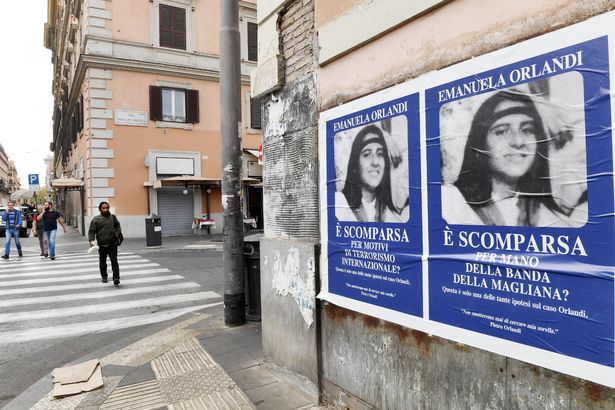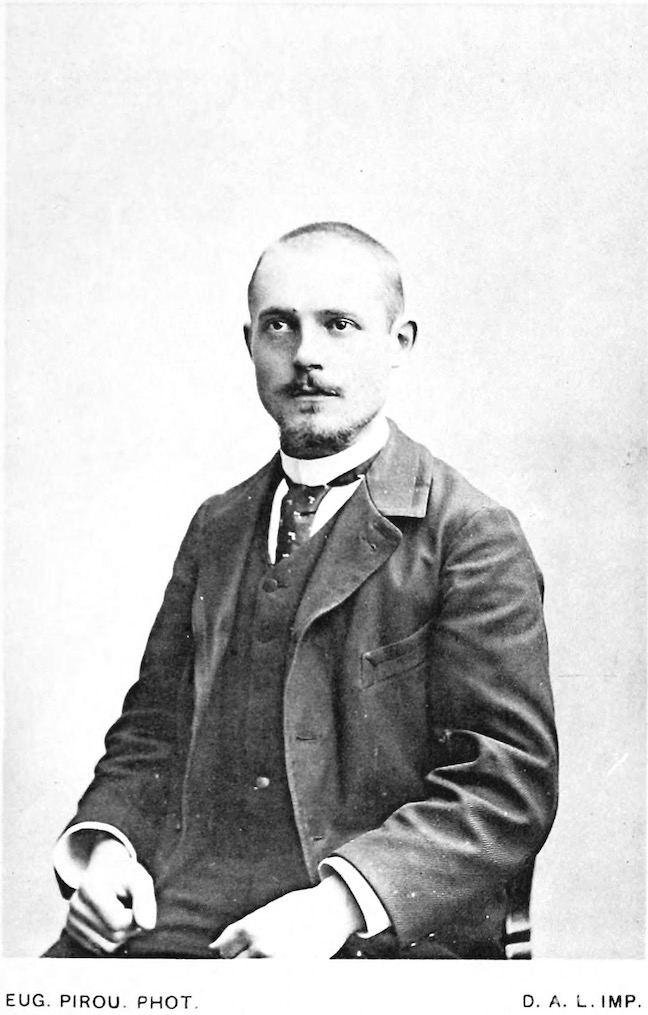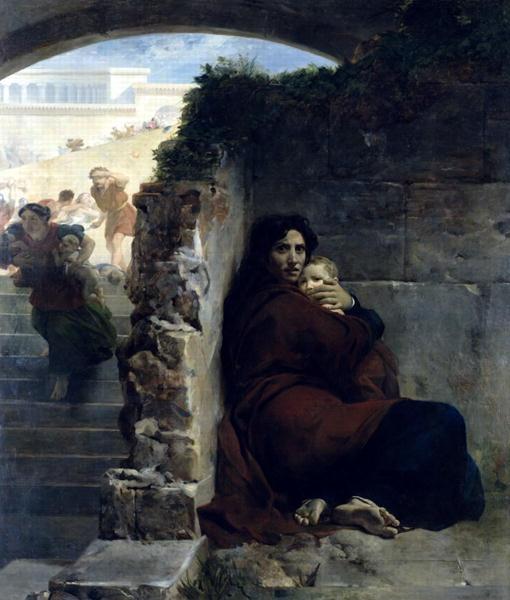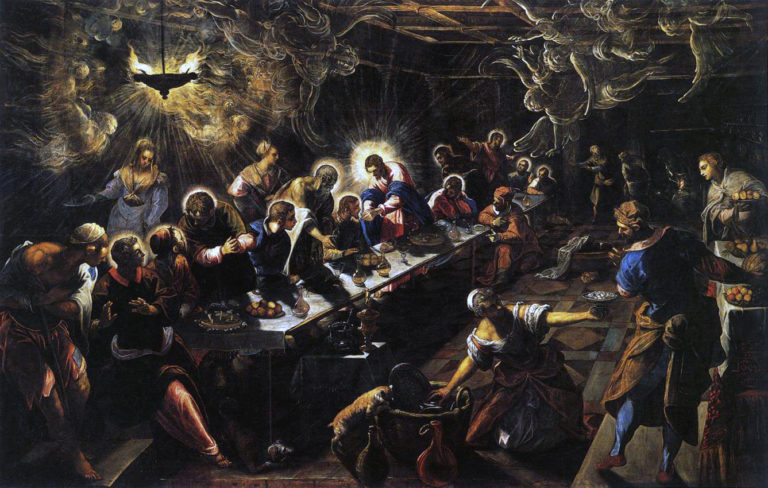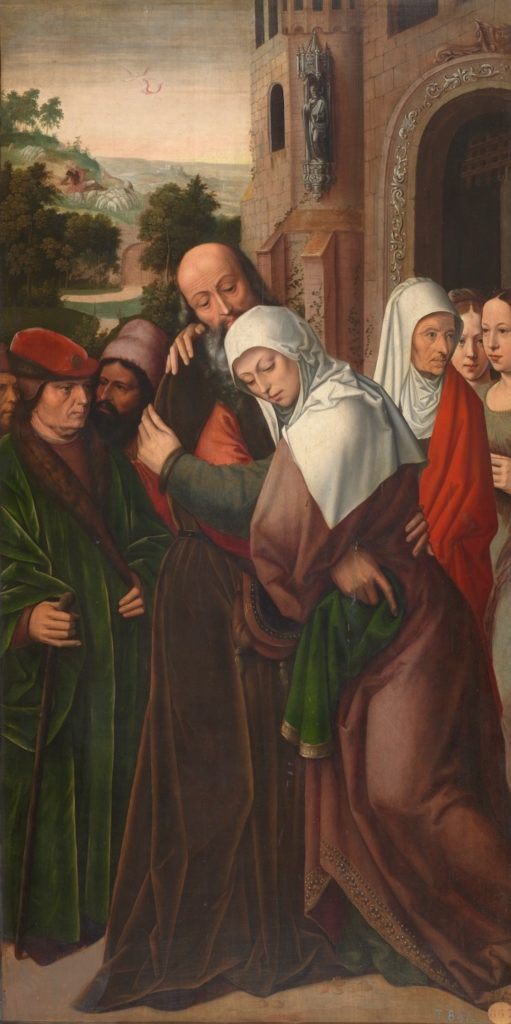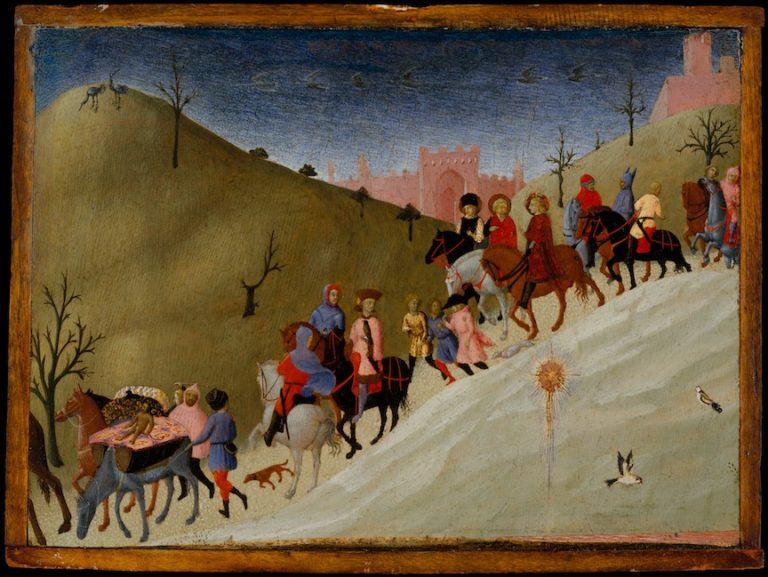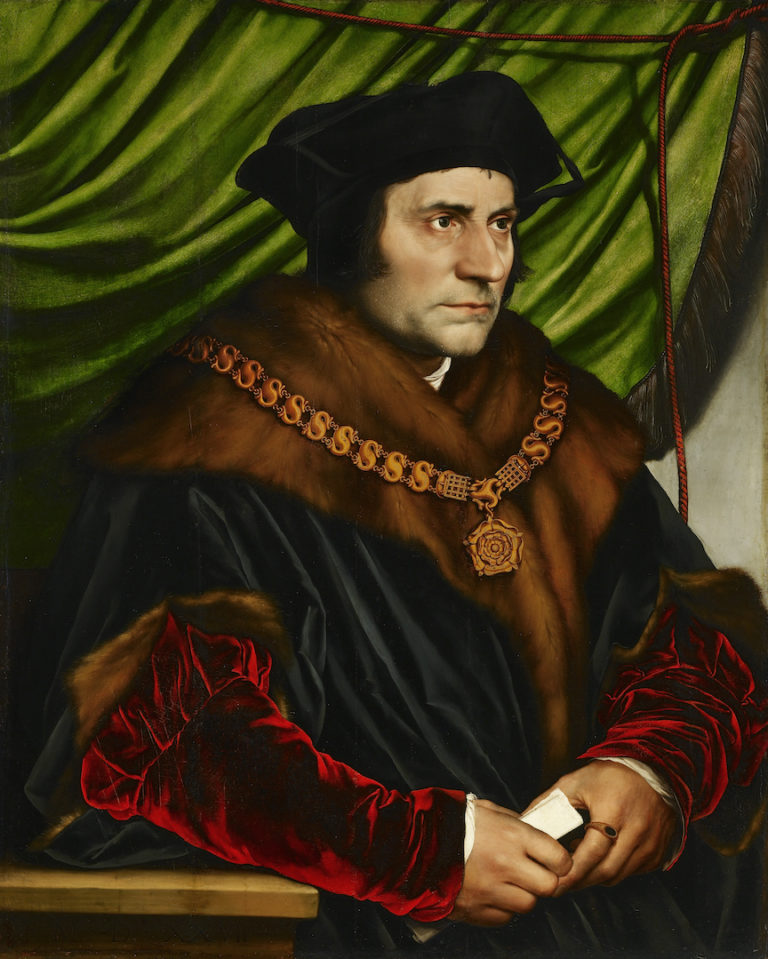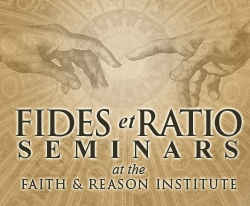Missing: ‘Vatican Girl’ on Netflix
Written by Brad Miner
Monday, February 6, 2023
began watching Vatican Girl, the Netflix documentary about the 1983 disappearance of Emanuela Orlandi, when it was released last year. I resisted the temptation to throw my laptop across the room. It’s that bad. And that’s too bad.
She was just fifteen when she vanished. Ever since then, her family has been dogged in looking for clues. As the daughter of a Vatican employee, who lived inside the Holy City, suspicion quickly fell upon the Vatican, which plenty of people inside and out consider unholy – and which is why Dan Brown (of The Da Vinci Code, etc.) has made millions.
One might paraphrase H.L. Mencken: Nobody ever went broke alleging nefarious shenanigans in the Vatican, although I don’t know if Vatican Girl’s writer-director Mark Lewis has made millions.
Vatican Girl spins more than a few theories about what happened to Emanuela. She was abducted by sex traffickers; she was taken by blackmailers; she was made hostage by the KGB. The man who was head of the police at the time says lots of kids disappeared back then, only to reappear. To be sure, Emanuela was not one of those.
And the Vatican should be a focus of inquiry since that’s where Emanuela lived and makes her disappearance different from that of any other girl in Rome.
But it doesn’t mean her kidnapping, if that’s what it was, is a Vatican crime committed by somebody or – bodies – within the Church, although Vatican Girl insists it does.

